Where does technology belong in the biblical story of redemption?
Believers and unbelievers alike are saturated with technology, yet most give it little if any thought. Consumers buy and upgrade as fast as they can, largely unaware of technology’s subtle yet powerful influence. In a world where technology changes almost daily, many are left to wonder: Should Christians embrace all that is happening? Are there some technologies that we need to avoid? Does the Bible give us any guidance on how to use digital tools and social media?
An experienced Web developer and writer on technology and culture, John Dyer answers these questions and more by walking through the story of the Bible and introducing key ideas about how technology and culture interact. Dyer first analyzes the biblical, theological, and philosophical foundations of technology and then studies several examples that show how technology can influence the spiritual life. For youth pastors, college-aged readers, and anyone interested in understanding how technology fits with faith, From the Garden to the City fills a gap for biblically-informed literature in a technological world.
Review by Matthew Mast, Faith Builders staff member:
Dyer uses the term “technology” to refer to “the means by which we transform the world as it is into the world that we desire.” (35) He further defines the term as “the human activity of using tools to transform God’s creation for practical purposes.” (65) With this understanding, he explores how humans have used technology throughout the biblical narrative. Thus, the “garden” is Eden, and the “city” is the New Jerusalem, and the book explores how technology has been part of the human experience throughout the story from the Garden of Eden to the new creation.
Dyer uses the arc of the biblical narrative to structure his exploration of how believers ought to interact with technology. First, there is “Reflection” (Creation), in which Dyer explores the ways in which humans and the technology they use reflects God’s creative power. That is followed by Rebellion (Fall), Redemption, and Restoration. Dyer argues that God intended for Adam to transform the earth—to use technology to change what was. That’s the mandate to “work and keep” the garden (46).
Dyer affirms the value of technology to accomplish good things and even to further efforts to spread the Gospel. He cautions, however, that “we must also be careful to affirm that the redemptive capacity of technology is limited and temporary. . . . we should view the redemptive capacities of technology as a temporary means of keeping humanity going while God does his work.” (103)
He also points out the importance of physical (offline) presence. Dyer writes, “The great temptation of the digital generation is to inadvertently disagree with [the Apostle] John [in 2 John 12] and assume that online presence offers the same kind of ‘complete joy’ as offline presence.” The call is not to reject online interactions, but to recognize their limitations. (172)
I feel that Dyer’s approach to this subject avoids the pitfalls of rejection of technology as evil or an uncritical embrace of technology. He offers a path that should appeal to both older and younger generations. In general, Dyer takes an approach that is thoughtful and well-supported. This book is an accessible introduction to ideas that are more thoroughly explored in books from Marshall McLuhan, Neil Postman, or Nicholas Carr. Readers who desire to explore the issue of media ecology in greater detail will find that Dyer’s footnotes offer resources for further study.
| Weight | 0.5 lbs |
|---|---|
| Dimensions | 8.4 × 5.4 × 0.4 in |
Only logged in customers who have purchased this product may leave a review.
Related products
Christian Living
Christian Living
Media & Technology
Media & Technology
Christian Living
Christian Living
Media & Technology
Media & Technology


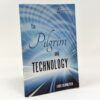

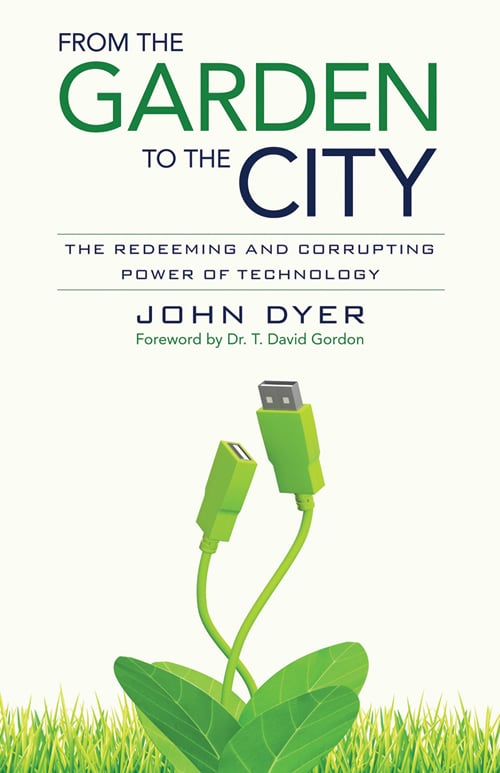




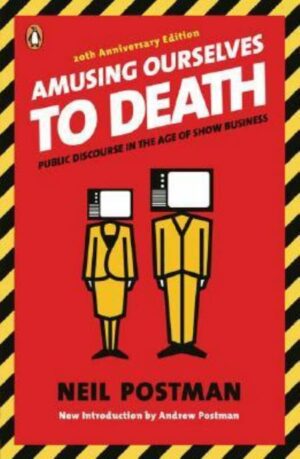
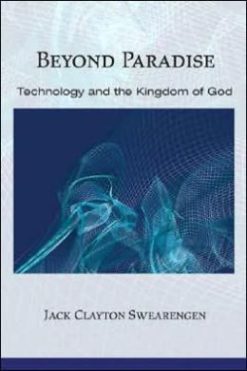
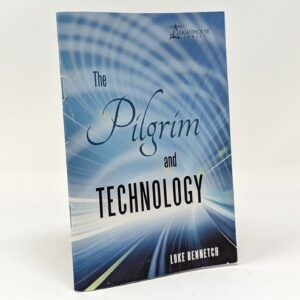
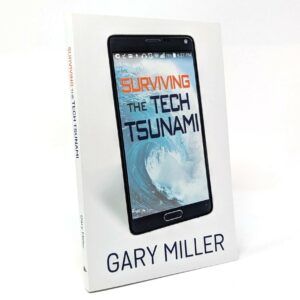

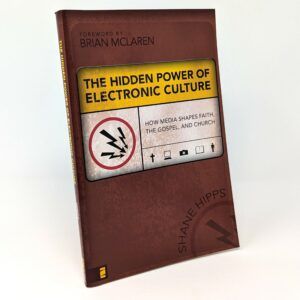

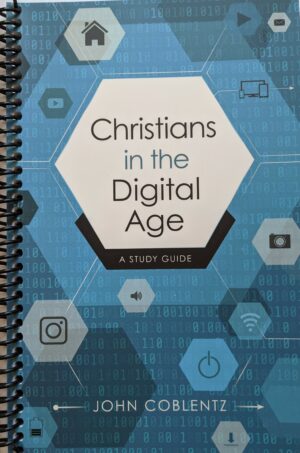
Reviews
There are no reviews yet.